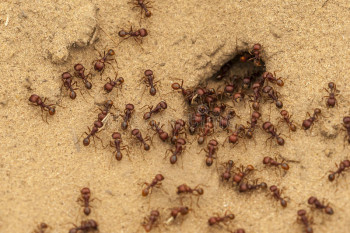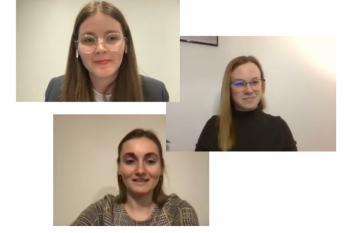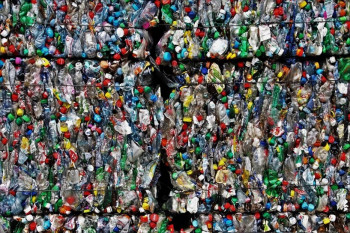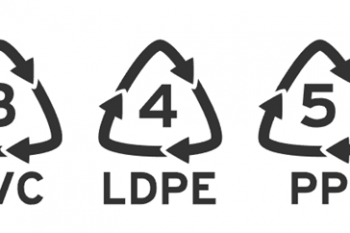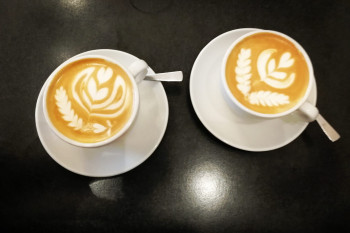© Pint of Science, 2025. Alle Rechte vorbehalten.
In his final article of this series, Harsha challenges us to consider our everyday options.
Are paper bags better for the environment than plastic bags? An instinctive answer for most would be a resounding yes! Because they are eco-friendly, because they don’t end up in the oceans and choke the fish, and so on.
Except, the answer is not so straight forward.
It is true that plastic is choking up the oceans; just in the last two years alone, 8 million tons of pandemic-associated plastic waste has been generated across the world, and a significant proportion of this did or will end up in the oceans.
However, paper packaging comes with its own set of challenges. For starters, paper bags, although biodegradable, take more resources to produce and are heavier – so take much more resources to transport. In terms of functionality, it is nearly impossible to achieve the same properties as plastic using only paper, for instance, to keep food fresh.
How can we then objectively decide what is better for the environment?
Life cycle analysis or LCA is a tool that we can use to quantify such problems and assess the environmental impact of a product. LCA comes in several variants depending on which parts of the product life cycle are considered, and the variants are accordingly named “cradle-to-cradle”, “cradle-to-gate” and so on. With respect to packaging, manufacturers may ask LCA experts for suggestions on optimising their primary, secondary and tertiary packaging (for example, milk bottles -> packed in a box -> stacked and wrapped on a pallet) in order to achieve a lesser environmental impact.
Some retailers get rid of plastic packaging to suit the public perception towards plastic. However, it may be counterproductive. For starters, studies have shown, and it is perhaps our personal experience too, that cucumbers wrapped in plastic stay fresh much longer than those that aren’t. A recent article that is yet to be peer-reviewed compares the environmental impact of cucumbers grown in Spain and sold in Switzerland, using a grower-to-grocer LCA study. They estimate that “each cucumber that has to be thrown away has the equivalent environmental impact of 93 plastic cucumber wraps”.
The key takeaway here for us consumers is that vegetables wasted, either in the supply chain or in our homes, have a much higher environmental cost than packaging them in plastic. Given that 20 % of the total food produced is lost or wasted in the EU, this is something to think about. There are alternatives to plastic packaging, such as controlling the humidity and temperature during transport and retail or using biodegradable packaging.
If one looks at only the merits, plastic is a wonder material: it is light, can stretch like no other and not break, it can be reused several times, easy to manufacture and inexpensive; but the optimism can take us only this far. We are now aware of the issues mismanagement of plastic and plastic waste has given rise to, including microplastic pollution, washing up of billions of “nurdles” along coastlines and the great pacific garbage patch. While we look for alternate solutions, it is important to ensure that they do not harm the environment more by causing higher food loss or using more energy.
So, is a paper bag really better than a plastic bag? No. A paper bag needs to be reused over 3 times to match the environmental impact of a single-use plastic bag, but a paper bag is highly unlikely to survive 3 trips to the supermarket. On the other end, a cotton bag needs to be reused over 100 times to match the environmental impact of a single-use plastic bag.
Whatever bag we choose has an environmental impact. Any product we use has an environmental impact. We need to dig deeper and look beyond the greenwashing, and we may find that the alterative to plastic we thought was environment friendly, is actually not.
So, take that cotton bag, wash it, reuse it for years to come.
Harsha
References
Peng, Y., Wu, P., Schartup, A.T. and Zhang, Y., 2021. Plastic waste release caused by COVID-19 and its fate in the global ocean. Proceedings of the National Academy of Sciences, 118(47)
Shrivastava, C., Crenna, E., Schudel, S., Shoji, K., Onwude, D., Hischier, R. and Defraeye, T., 2021. To wrap or to not wrap cucumbers?
Stenmarck, Â., Jensen, C., Quested, T., Moates, G., Buksti, M., Cseh, B., Juul, S., Parry, A., Politano, A., Redlingshofer, B. and Scherhaufer, S., 2016. Estimates of European food waste levels. IVL Swedish Environmental Research Institute.
https://carbonpositiveaustralia.org.au/carbon-myth-paper-vs-plastic/
